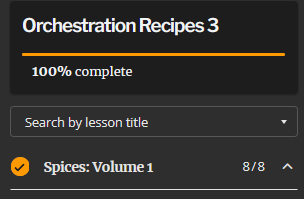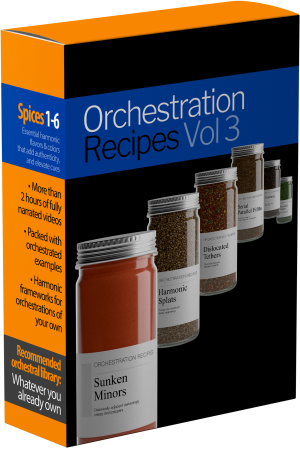mussnig
Senior Member
So far I also have the feeling that Vol. 3 is more on composition and not on orchestration. Don't get me wrong: It's great, I am glad it exists and I really like the content and its presentation. And I can't believe I paid so little for it.Aside from the new format, I think the most significant change in Vol.3 is its compositional approach. The previous two volumes were more focused on how to achieve a particular mood/sound through instrumentation and orchestration, while Vol.3 delves deeper into actual harmonic construction and composing techniques.
This is something a lot of folks have been asking for from the beginning, and goes beyond basic orchestration.
But I think the name "Orchestration Recipes" might not be fitting anymore ...








